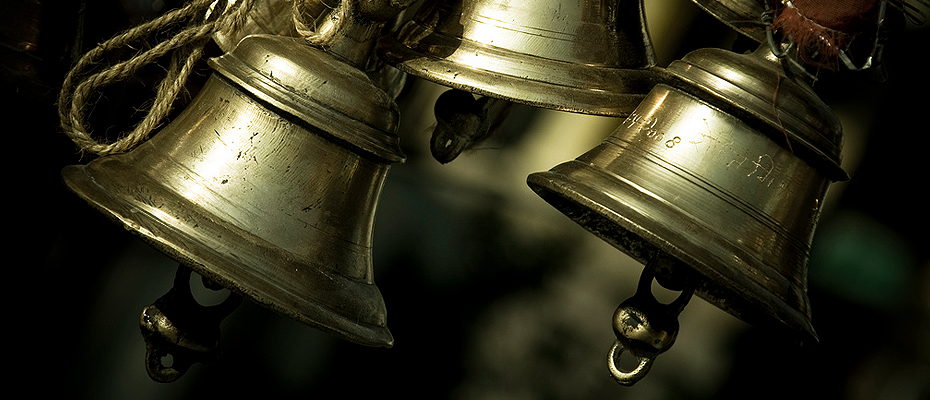The panorama of Indian crafts is a patchwork quilt of many hues and shades of meaning, reflective of interactions with social, economic, cultural and religious forces. And the craft world is full of contrasts, a universe of utility products and sacred objects, articles for ritual use and ephemeral festival crafts, representing many levels of refinement – from the simplest to the most technically advanced.The aesthetics of India, reflected through the crafts and its forms, shapes and its color palette are almost like the cuisines of India reflecting the great diversity and tastes.
Bell-metal has a great craft tradition which can be linked to Lord Jagannath residing at Puri. The knowledge of making bell- metal products has been passed down from generation to generation. Bell metal, which is dominantly a combination of copper and zinc, is considered to be a ‘ shudh’ or pure metal ; this explains why utensils used at the Jagannath Temple are only bell metal utensils.
Significance of Bell Metal in Daily Life
It is interesting to note that when a girl is married of this community, bell- metal ware forms an important part of her trousseau. Highly recommended by traditional medicine texts,utensils of bell metal are considered to be the best suited for everyday use as well as for ritual offerings to the gods. Kitchen ware made of bell metal is still a prestigious part of a bride`s dowry,signifying her family`s economic status.
Making of Utensils from Bell Metal
Old bell metal and brass are melted down, allowed to set, and then forged by repeated hammering and beating into the desired shape while others are cast and turned.A collaborative activity involving at least four artisans,coordination is of the essence in the process.The labor intensive process of the craft translates into steep pricing of the products.Bell metal utensils,though perennially in demand,have yielded a share of their marketed to mass produced steel,aluminium or plastic utensils. Many craftsmen also undertake repair work of old utensils to supplement their earnings.
Highly recommended by traditional medicine texts, utensils of bell metal are considered to be the best suited for everyday use as well as for ritual offerings to the Gods. Kitchen ware made of brass metal is still a prestigious part of a bride’s dowry, signifying her family’s economic status.
The craft landscape of India is made up of numerous types of applications: from the vernacular objects of daily use that are rough-hewn from local materials to the celebrated objects of symbolic value that are used for special occasions and religious functions. Each culture has much to offer and India is full of precious nuggets of traditional wisdom that can be applied to local uses or even global exchange


COMMENTS